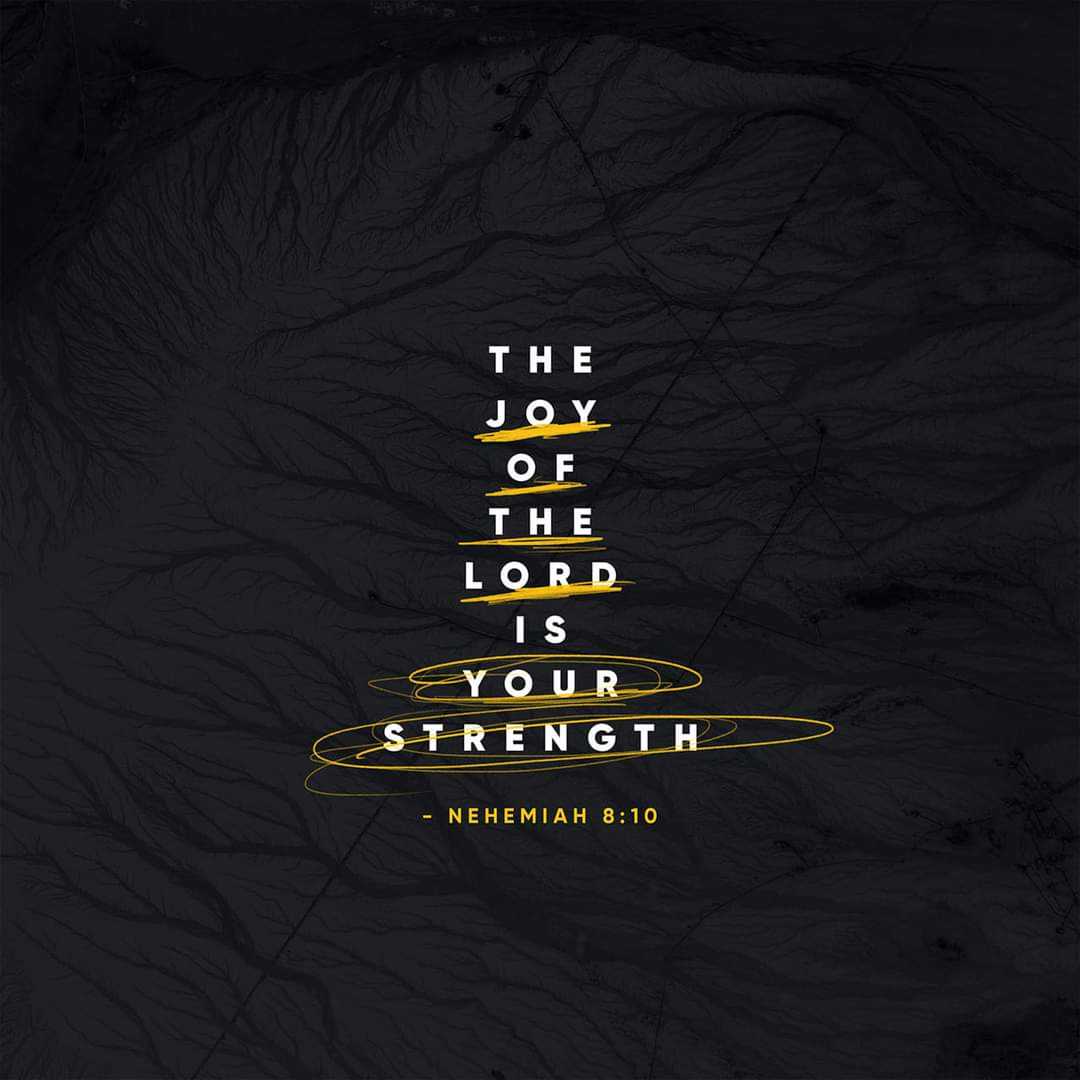Watch
Events
Articles
Market
More
Dont let the enemy steal your joy..... he is a joy sucker? because he knows we gain strength in it.
Yahweh is my strength and my shield. My heart has trusted in him, and I am helped. Therefore my heart greatly rejoices. With my song I will thank Him.
Psalms 28:7 WEB
if you sing...sing, dance...dance,play instruments.... then do so...... get your joy back ?




Dont let the enemy steal your joy..... he is a joy sucker? because he knows we gain strength in it.
Yahweh is my strength and my shield. My heart has trusted in him, and I am helped. Therefore my heart greatly rejoices. With my song I will thank Him.
Psalms 28:7 WEB
if you sing...sing, dance...dance,play instruments.... then do so...... get your joy back ?




Even with God providing manna, Israel had to work six days out of seven if they wanted to eat. What do we have to complain about?
The Sabbath teaches us to be proactive, to prepare for the future. The first Sabbath-related command was given before Sinai in Exodus 16:22-24. If you're unsure about whether or how much of God's #torah to keep, consider starting with #sabbath. Don't worry about getting it perfect or about the complex rules the rabbis have piled onto a day of rest. Just relax and keep it simple.
#shabbat #beshalach
http://www.americantorah.com/2....017/02/08/every-jour



If you have to see it to believe it maybe you believe in an idol. THIS is why man idolizes man . Everything you have been taught is not bible ..... you can idolize a phone, tv, clothes, hair,many many things ...... in scripture they literally worshipped IDOLS MADE WITH THEIR HANDS ..... if you really looked them up you would be shocked or maybe not......



My friend's Torah-portions coloring book is on sale right now! We got this book back when she released it a couple years ago, and it has been so fun to color it in on Sabbath days as discussions are going on during teachings or after eating at the table. I think coloring is so relaxing, don't you?
https://torah-sisters.myshopif....y.com/products/torah


